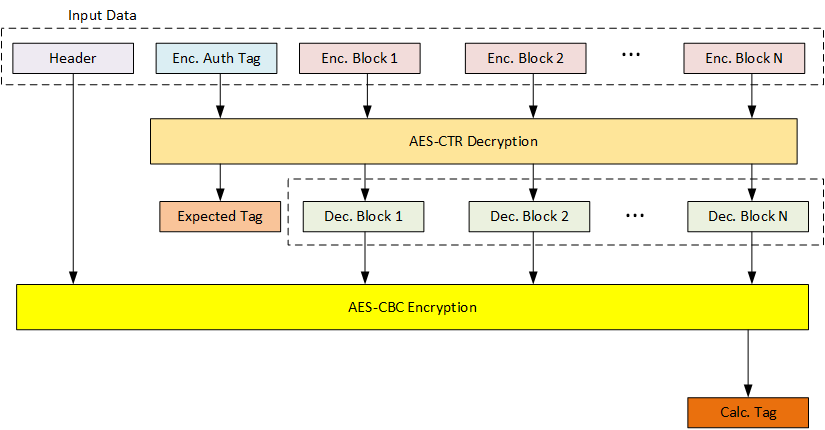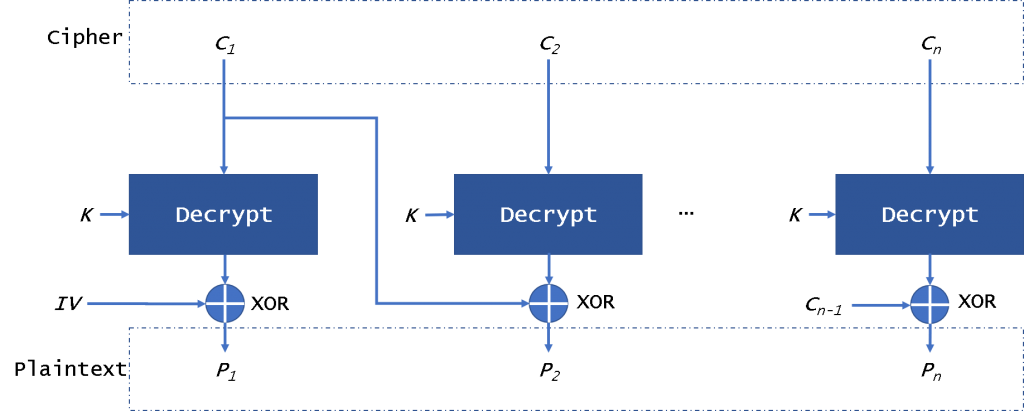
If you intend to use your file or script across different platforms, I strongly recommend using AES-128 because this is available everywhere. But others such as AIX 5.3 do not (i think HP-UX as well). However, I would caution against using AES-256 just because it is not available in all versions of openssl on some platforms. Basically, openssl is really the easiest way to go about encrypting a file or script. Use these sites with dev tools / inspector and check if they send anything before typing in your strong password.Ī lot of the suggestions I would have made have already been put forth in this thread.
#Aes cbc file decryption tool password#
Warning: I have checked that these sites don't send your password to the server, but that can change at any time.

You can get openssl to base64-encode the message by using the -a switch on both encryption and decryption. Openssl aes-256-cbc -d -in message.enc -out plain-text.txt Openssl aes-256-cbc -in attack-plan.txt -out message.enc you can't just use encryption to communicate securely) For many types of security, encryption is simply not enough (e.g.Additionally, this method doesn't authenticate the ciphertext, which means an attacker can modify or corrupt the contents without you noticing.As was pointed out in the comments, this method uses a naive key derivation function, so your password needs to be superlatively good in order for you to have a chance of being secure.Please note: You can use this to hide birthday-gift-ideas.txt from your roommate, but don't expect it to be secure against a determined attacker! If you want very simple platform independent encryption, you can use openssl.


Unfortunately, there is no easy solution to securing your stuff.


 0 kommentar(er)
0 kommentar(er)
